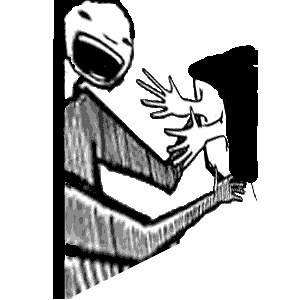Find the Chess Variant for You
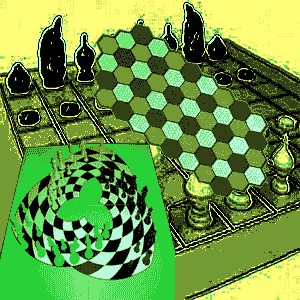
Xiangqi
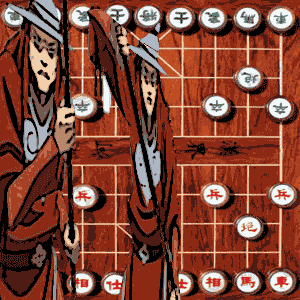
Anti Chess
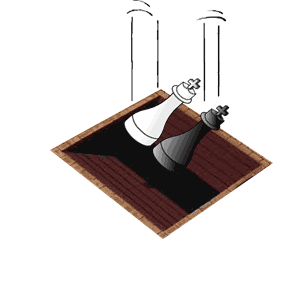
Shogi
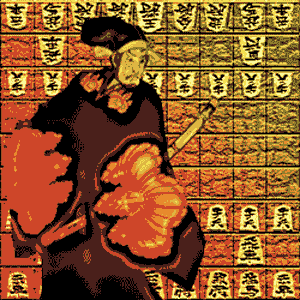
Chaturanga
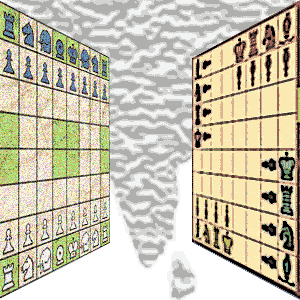
Thai Chess
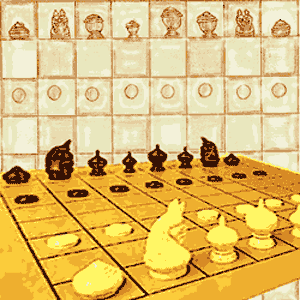
The pawns start on the third rank rather than the second. This is Thailand's solution to getting the battle going quickly. It is an alternative instead of allowing the pawn to move two squares on it's first move.
Shatranj
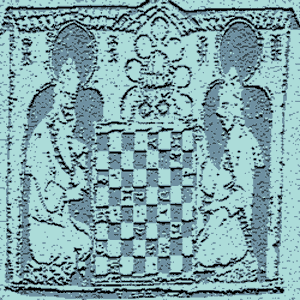
Chess960
































































Chess Variant - Chess960 (Fischer Random Chess)
Korean Chess
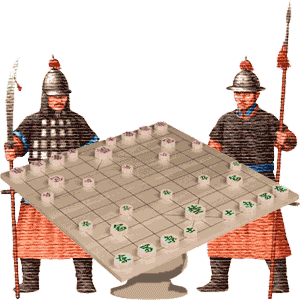
Circular Chess
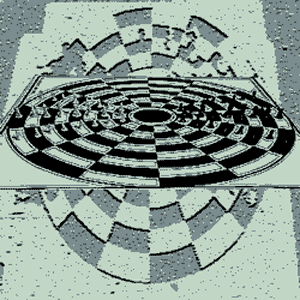
Martian Chess
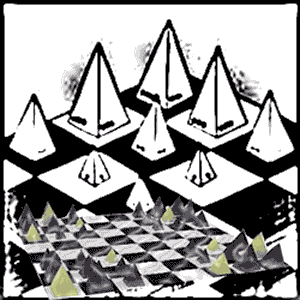
Sittuyin
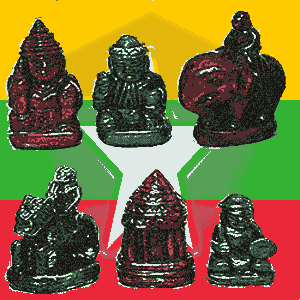
Hexes Chess
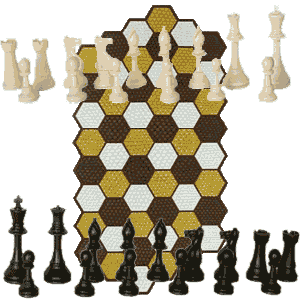
The big difference between Western chess and Hexes chess is the shape of the spaces that the pieces sit on. Hexes chess uses six sided hexagons instead of the traditional four sided squares.
What is your favorite Chess Variant?
I discuss some of the best known chess variants known to man but there are literally hundreds, maybe thousands out there. And there are new ones emerging all the time. Human imagination and innovation remains constantly at work. For chess this means new variants and sub-variants as old ideas get spun in new and interesting ways. Do you know a great chess variant that the world must hear about? Tell us about your favorite chess variant.
Fave Chess Variants by other Contributors
Click below to see fave chess variants left by other Contributors...
The Next Level - Musketeer Chess 




Chess suffers nowadays from draws and less spectacular games. Musketeer Chess helps to fix this opening the path to new strategies, more tactics, much …
Cubic Chess 

Cubic Chess follows the normal rules of chess (including castling, check, checkmate, etc.), but with the following special differences:
Non-pawn …
Bishops - The Game Not rated yet
Short Game Bishops
Queens stand to the left of the King. White moves first and play proceeds clockwise. Checkmate of the King on the immediate left …
Triad Chess Not rated yet
Triad Chess was born in Marseilles, France. It's inventor Richard Wittig started working on this concept in 1986 and in 1994 he filed the international …
Moving On
